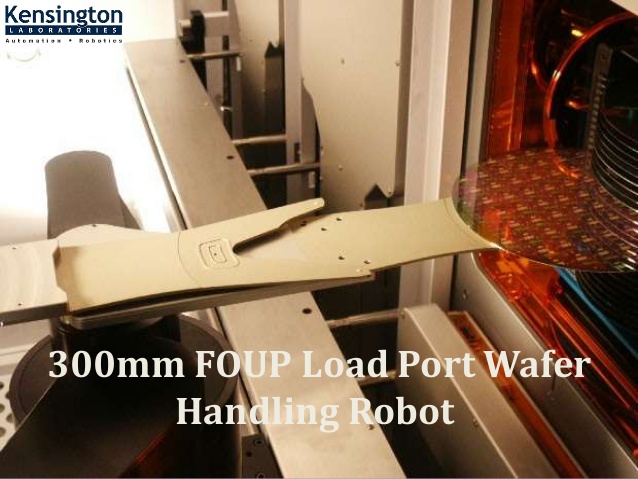How Will Silicon Wafers Revolutionize the World?
Slices of single-crystalline silicon, known as silicon wafers, serve as the basis for contemporary electronics. Due to its excellent electrical and optical properties, the substance is a crucial part of microchips, solar panels, and many other electronic devices. If you purchase any, you must comprehend how silicon wafers can alter the course of history. The need for silicon wafers is rising quickly as technology develops, which profoundly impacts how we work and live. If you are looking for the best wafer front end, look no further than Kensington Labs.
Here are some essential ways silicon wafers will impact the future of our planet.
Impact of Silicon Wafers on the Future
Solar panels, microchips, and a wide range of other electrical devices are all made using silicon wafers, which are essential components. The multi-step procedure to create these thin slices of single-crystalline silicon calls for tremendous precision and meticulousness. The crucial steps in silicon wafer preparation are described in the following sections.
Cultivating Crystals
The first step in creating silicon wafers is growing a single-crystal silicon boule, a massive cylinder-shaped silicon crystal. This is done by carefully cooling high-purity silicon after it has melted in a crucible and the silicon atoms have formed a single crystal lattice.
Polishing and Lapping
With the lapping technique, the sliced wafers' rough surface is smoothed. Throughout this process, the wafers are positioned on a level & plain surface and gradually smoothed with abrasive materials until they are smooth. The wafers are then polished to generate a highly reflective surface using progressively finer abrasives.
Cleaning
After lapping and polishing, the wafers are cleaned to remove any flaws or contaminants affecting their performance. To achieve this, etching and ultrasonic cleaning are typically used in conjunction with other chemical and mechanical cleaning techniques.
Sliced Wafers
Once it has cooled, the silicon boule is cut into tiny pieces using a wafer cutter, a specialized device. This machine uses a saw blade with a diamond tip to cut the wafers to ensure that each wafer is the same thickness and that the crystal lattice is not disturbed.
Inspection
Before being used, wafers are examined to ensure they meet the necessary quality and performance standards. It is possible to employ visual inspections in addition to more sophisticated testing techniques like X-ray diffraction or atomic force microscopy.
Efficient & Cost-Effective Electronics
The core of most modern electronics, microchips, are made from silicon wafers. Silicon wafers can be used to generate more compact, rapid, and efficient circuits, allowing manufacturers to produce more cost-effective and environmentally friendly electronics.
XYZ Precision stage positioning system is often used in optics, imaging, highly accurate mechanical assembly, and micro-robotics.
Final Words
The preparation of silicon wafers is a complex and precise process requiring a high level of technological expertise. A high-quality, single-crystalline silicon wafer is the result, though, and it may be used to create advanced electronics and other gadgets.


Comments
Post a Comment